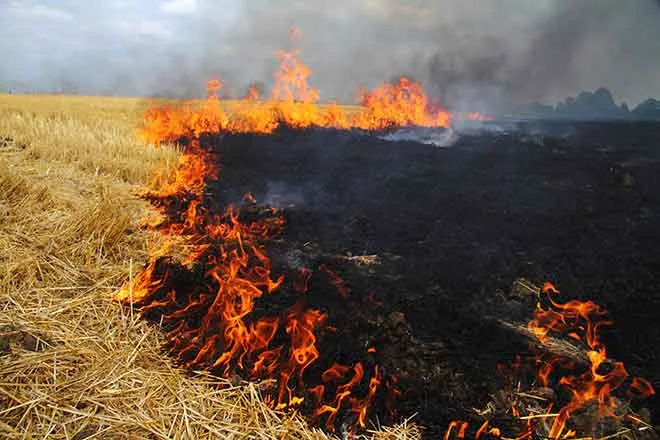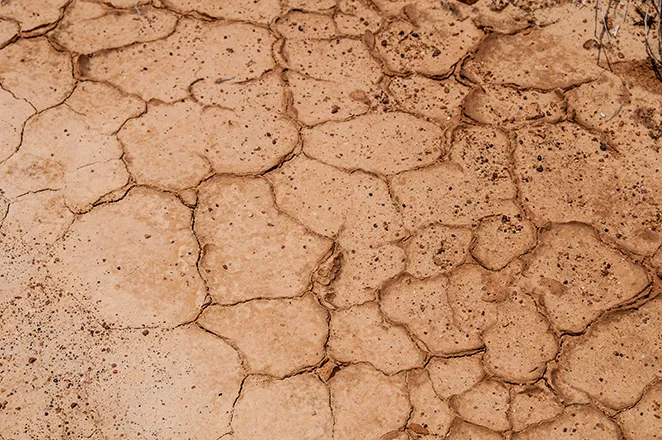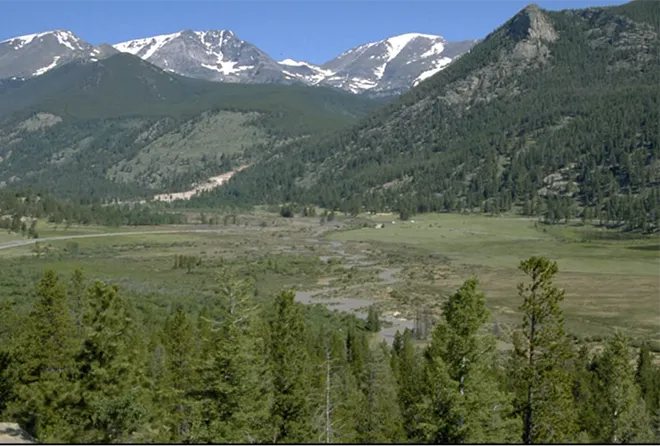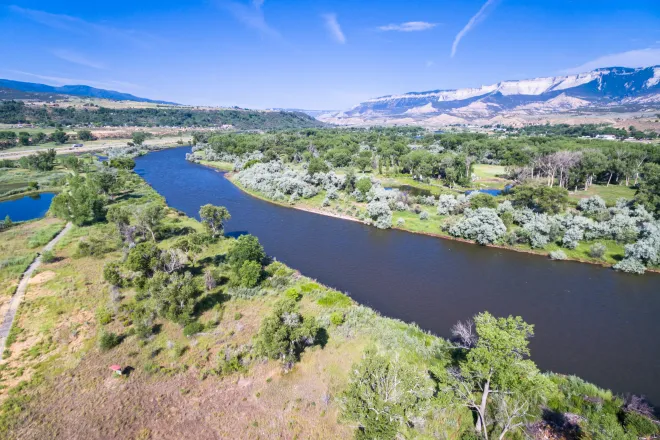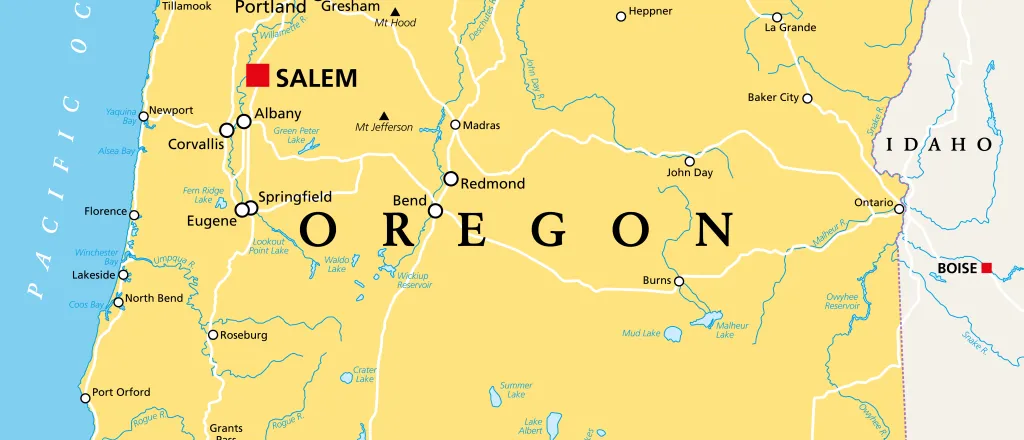
After 100 years, salmon return to Upper Klamath River
© PeterHermesFurian - iStock-1346531706
Click play to listen to this article.
(Oregon News Service) Wild Chinook salmon have returned to the Upper Klamath River less than two months after the largest dam-removal project in U.S. history to remove four outdated hydroelectric dams.
After 20 years of organizing and legal battles by the Yurok Tribe and other groups, 400 miles of historic salmon habitat have reopened. Scientists are now monitoring the effects of the dam removal on salmon populations.
Yurok Tribe member Amy Bowers Cordalis said they've been astonished by how quickly the migrating fish are returning to areas that haven't supported them for generations.
"And all these people are using Indigenous knowledge and marrying it with Western modern science to observe and to tell us how the river is healing," she said, "and it's really a remarkable opportunity."
Cordalis also is founder of the Indigenous conservation group Ridges to Riffles. The data being collected details, among other things, fish-spawning locations, their health and numbers - all of which will be crucial for predicting future populations.
For the Yurok, said biologist and Yurok Tribe member Barry McCovey, a strong wild salmon population is a fundamental part of their identity and livelihood.
"Success has to do with our ability to be Indigenous people, and practice the way of life that we've done since the beginning of time," he said. "Are we able to catch enough fish to feed our elders? Are we able to have enough fish in the river so that we can teach our children to fish?"
The dam removal was also done to improve water quality in the Klamath Basin. The research is expected to benefit fisheries and guide further restoration efforts along the river.

